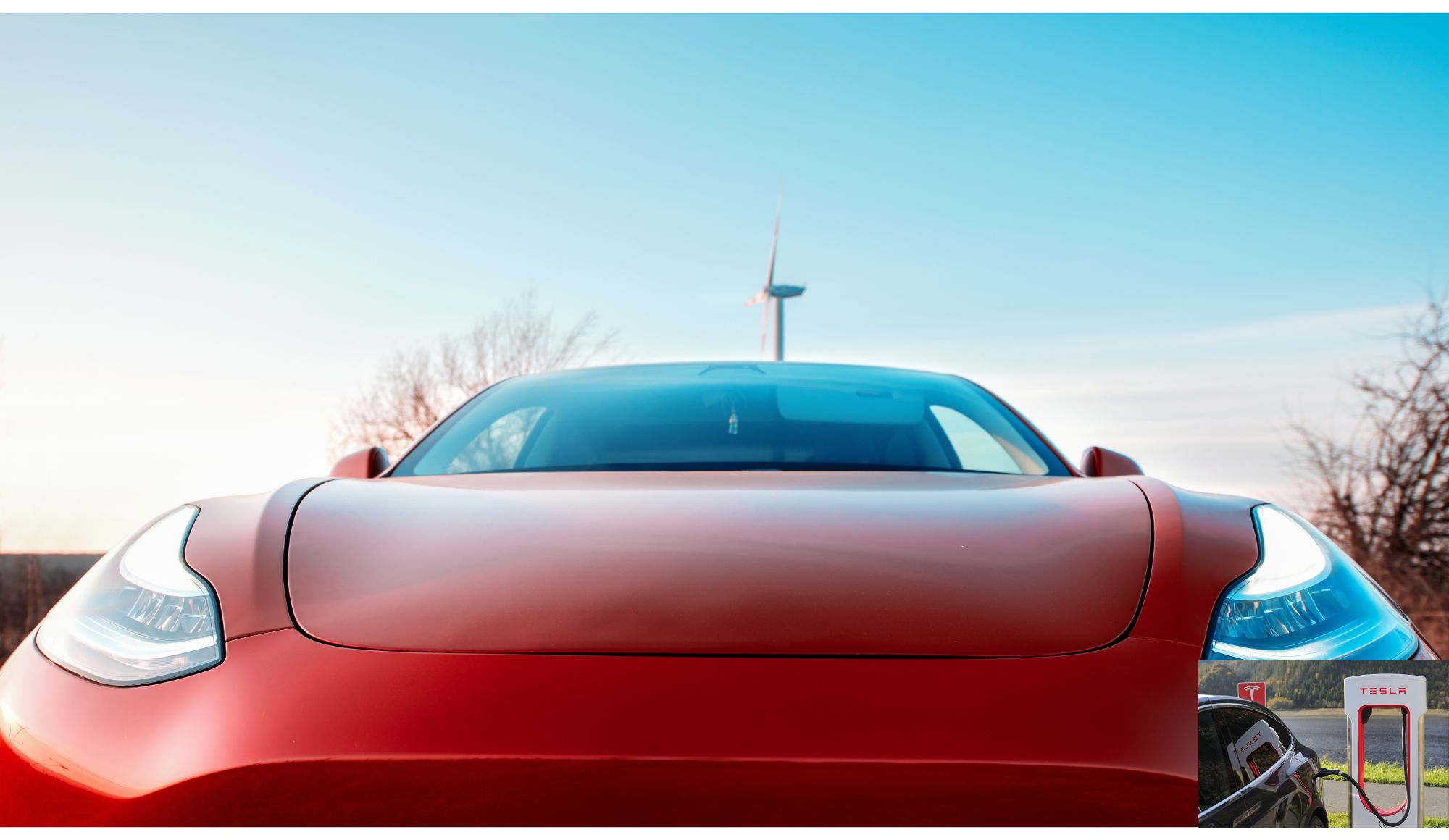Tesla’s Wild Ride: How Low Could the EV Giant Go?
Shares of EV major Tesla (NASDAQ:TSLA) have been defying gravity for years, rewarding longtime shareholders with very remarkably healthy returns. This year, though, TSLA has retreated on a combination of weakening outlook and the growing controversies surrounding Elon Musk.
What’s pushing Tesla shares lower, and how much more could the EV giant fall if it can’t regain its footing?
Key Points
-
Tesla’s vehicle deliveries declined in 2024, breaking years of double-digit growth.
-
Musk’s political involvement and AI ventures raise fears he’s neglecting Tesla, while speculative projects like robotaxis and Optimus robots add uncertainty.
-
Analysts see potential for a further 25% decline, with worst-case estimates at $135 per share.
How Far Has Tesla Fallen and Why?
To be clear, Tesla’s recent selloff has come far short of erasing the gains the company has made over the past year. On a 12-month basis, TSLA shares are still up nearly 90%. In the last month alone, though, the stock has fallen more than 10%. The 52-week high of $488.54, meanwhile, was over 35% higher than where the stock is trading today.
There are several factors that are contributing to this selloff. By far the largest of these is likely the fact that Tesla’s deliveries slowed in 2024, a major setback for a stock priced on assumptions of very high future growth. Last year, the company managed to deliver 1.79 million vehicles, a drop of about 1% compared to the 1.81 million it delivered in 2023.
While a modest decline in deliveries might not be such a large problem for most auto majors, 2024 was the first time in years that Tesla hadn’t increased its deliveries at a strong double-digit pace. Tesla bulls have always banked on the company becoming and remaining the dominant force in EVs. As a result, expectations of high future growth have become baked into the stock. If Tesla’s deliveries continue to stagnate, these assumptions could fade and put significant downward pressure on TSLA shares.
It’s also difficult to ignore the increasingly political role CEO Elon Musk is playing that has a very high likelihood of taking his focus away from his businesses.
As head of the newly created Department of Government Efficiency, Musk has been spending much of his time in recent weeks reviewing government spending and defending the reforms being made by the Trump administration. Between this new role and Musk’s other companies, a growing concern seems to be building among shareholders that the world’s wealthiest man is increasingly ignoring the company that built the majority of his fortune.
A final ongoing challenge for Tesla is the increasing pressure being put on the company’s vehicles by cheaper options coming out of China. While Chinese EV exports are expected to fall this year, there’s little doubt that the country’s manufacturers are putting pressure on Western automakers like Tesla. This is especially true in the Chinese domestic market, which isn’t subject to the trade restrictions that have kept Chinese EVs mostly out of the US.
Does Tesla Look Substantially Overvalued?
One factor that could support a further selloff of TSLA shares is current overvaluation. Although bears have been calling for a Tesla correction for years, it’s tough to ignore just how pricey the stock looks at the moment.
Shares of the company currently trade at 174.4 times earnings and 12.7 times sales. Even more concerning, though, is the fact that the price-to-earnings-growth ratio has reached 6.1. Ordinarily, a PEG ratio of more than 2.0 can signal that a stock has become overvalued.
Tesla has also run past the analyst consensus price target of $343.58. With the stock currently trading at $355.84, shareholders would see a modest downside if analyst estimates proved correct over the next 12 months. Bearing in mind that this is the case even after the recent downward price movement, this may reinforce the case that Tesla shares are correcting after becoming noticeably overvalued.
How Low Could Tesla Go?
In a worst case scenario, Tesla stock could fall as low as the lowest analyst estimate which is $135 per share, but that is highly unlikely given the consensus is $344 per share.
At this point, Tesla’s future will likely depend on whether it can regain its growth footing this year. The problem, however, is that share prices are increasingly supported not by the company’s EV business but by wildly speculative tech ventures. The most prominent of these is the development of fully autonomous self-driving technology, which Tesla hopes to roll out in its robotaxi cabs starting next year.
Even more speculative is the rollout of the so-called Optimus, a humanoid robot Tesla hopes to mass produce by 2027. The robot, which is forecasted to sell for about $50,000 initially and $10,000-$20,000 at scale, is intended to replace humans in dangerous and repetitive tasks, including replacing some human workers on Tesla’s production line.
Given Tesla’s long history of making extravagant promises about its technology and then failing to deliver on its self-stated timeline, though, it’s anyone’s guess if and when these robots will actually become economically viable as a commercial product.
At least one additional negative sign for Tesla came in the form of a recent bid to acquire OpenAI. The offer, which would substantially reduce OpenAI’s valuation at a time when the startup’s technology is more valuable than ever before, was seen by some on Wall Street as little more than a distraction from Tesla’s fundamental problems. Although Tesla’s focus is shifting to AI in a major way, it’s likely not a good sign for shareholders that Musk is making offers for companies he appears to have no real intention of purchasing.
Although Tesla has had an incredible run and defied its more bearish observers at practically every turn, there appears to be a reasonably strong chance for the stock to fall farther than it already has. With the company increasingly becoming a bet on the future of autonomous driving technology and other AI projects, TSLA currently carries an extremely high valuation supported by speculative future profits. While Tesla may emerge as the king of autonomous driving, the struggles its core business of making and selling EVs is experiencing undermine the stock’s current value proposition significantly.
As for how low TSLA shares could go, it’s difficult to put an exact number on a stock that has proven as volatile as Tesla over the years. With growth slowing, however, it’s far from difficult to see a scenario in which Tesla shares retreat by an additional 25% or more as investors re-evaluate the company’s real potential to generate future earnings.



